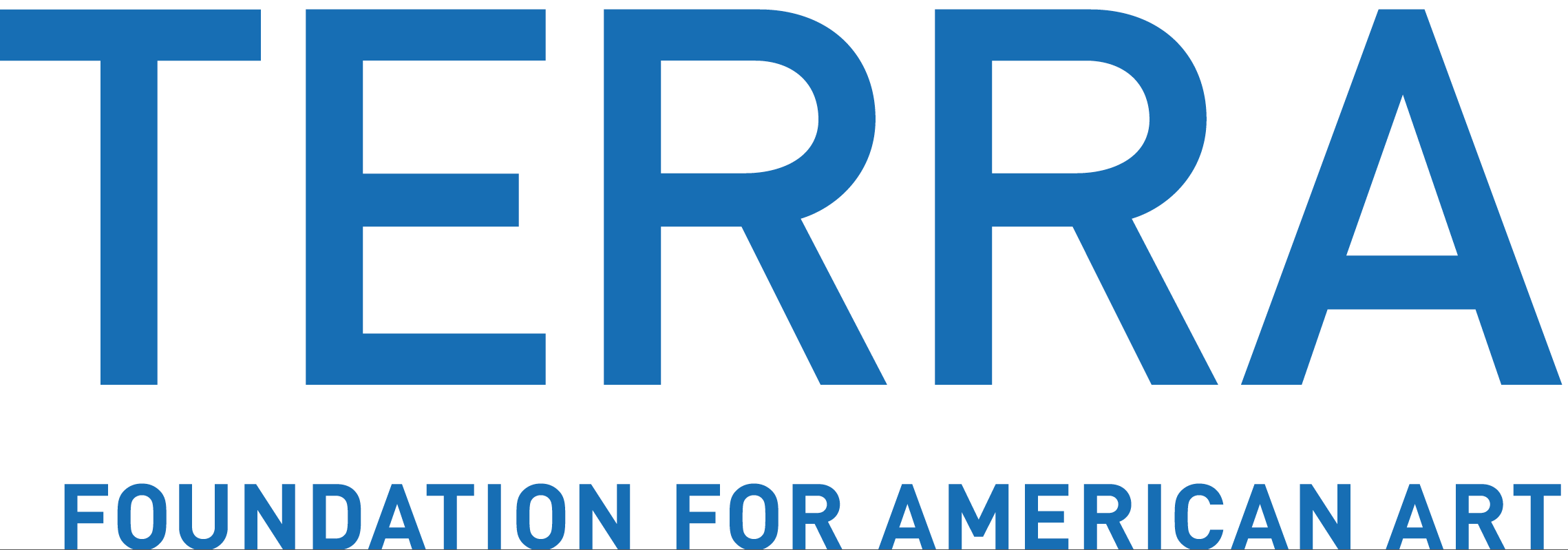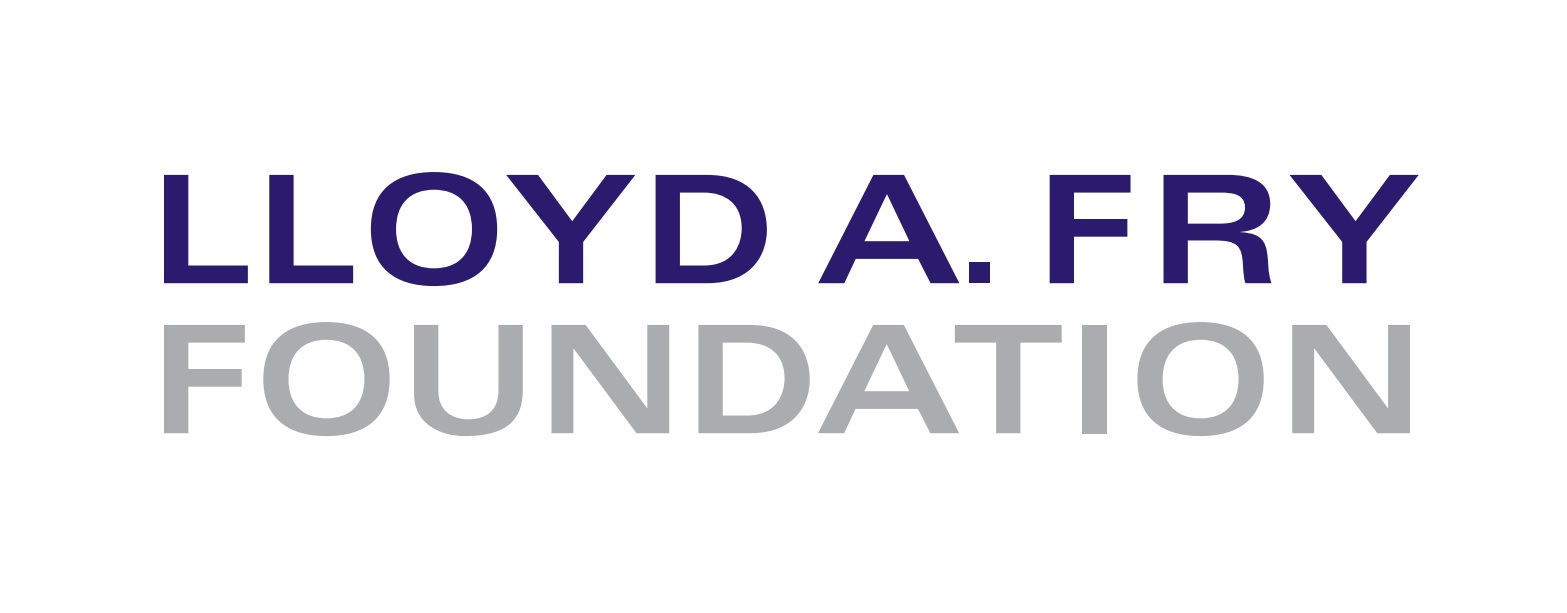Support the Legacy
The South Side Community Art Center depends on the generosity of supporters to fulfill its mission to conserve, preserve and promote the legacy and future of African American art and artists while educating the community on the value of art and culture. Donate today to keep the legacy of SSCAC alive and to ignite its future.
How Donations Help
As a nonprofit organization that does not receive any government funding, every donation SSCAC receives matters.
When you donate to SSCAC, you help fund programming that engages, educates and connects community members to African American art and artists. You help ensure that the prolific legacy of the center lives on to inspire and enrich

“Every individual wants to leave a legacy, to be remembered for something positive they have done for their community.”
-Dr. Margaret
Taylor-Burroughs,
famed and founding SSCAC artist
Ways to Give
Aside from direct monetary donations, using the form above, there are a variety of other ways to make an impact on SSCAC’s mission.
- To sign up to volunteer your time, click here.
- To become a member of SSCAC, click here.
- To inquire about volunteering and membership, contact our Membership and Audience Development Manager, Marti Worell at marti@sscartcenter,org
- To discuss major gifts or legacy bequests, contact our Executive Director, Monique Brinkman-Hill at monique@sscartcenter.org
- To make a greater impact, ask your employer about matching donations.
- To learn about fine art acquisitions and schedule a private appointment at our Sales Gallery, call (773) 373-1026.
- To contribute to our evolution and expansion, support SSCAC as an artist, advocate, enthusiast or curious observer. Stay updated on exhibitions and events by filling out our Contact form, here.
Supporting Foundations
















